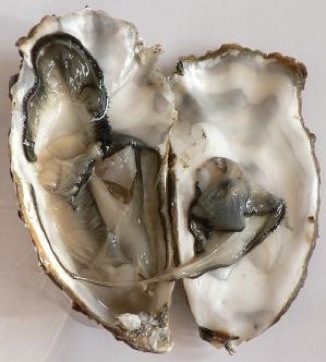In a rare show of consensus, scientists, fishermen, environmentalists and area residents are joining together to restore the Chesapeake Bay’s historic shellfish bars, or reefs, where oysters thrive. Restoration work today is based on the extraordinary role these creatures play in improving water quality.

Known as “white gold” to the 19th-century fishermen who harvested them, the oysters of Chesapeake Bay by 1990 had fallen to just 1 percent of their historic levels. Today the tide is turning.
State and federal agencies and lifelong residents have committed to building massive oyster reefs in the bay, which serve as feeding grounds and habitat for the oysters.
Flood remembers when the water on the South River, which flows into the bay, was clean and oysters were plentiful. Intent on returning it to a healthy state, he has involved his neighbors on Harness Creek tributary in raising oysters off their boat docks.
Thanks to the oysters’ amazing capacity to clean the water by removing algae, dirt and nutrients, “We already have 5 to 10 percent more water clarity in the creek,” Flood said. He expects extraordinary results to continue as reefs are grown around the entire bay.



















